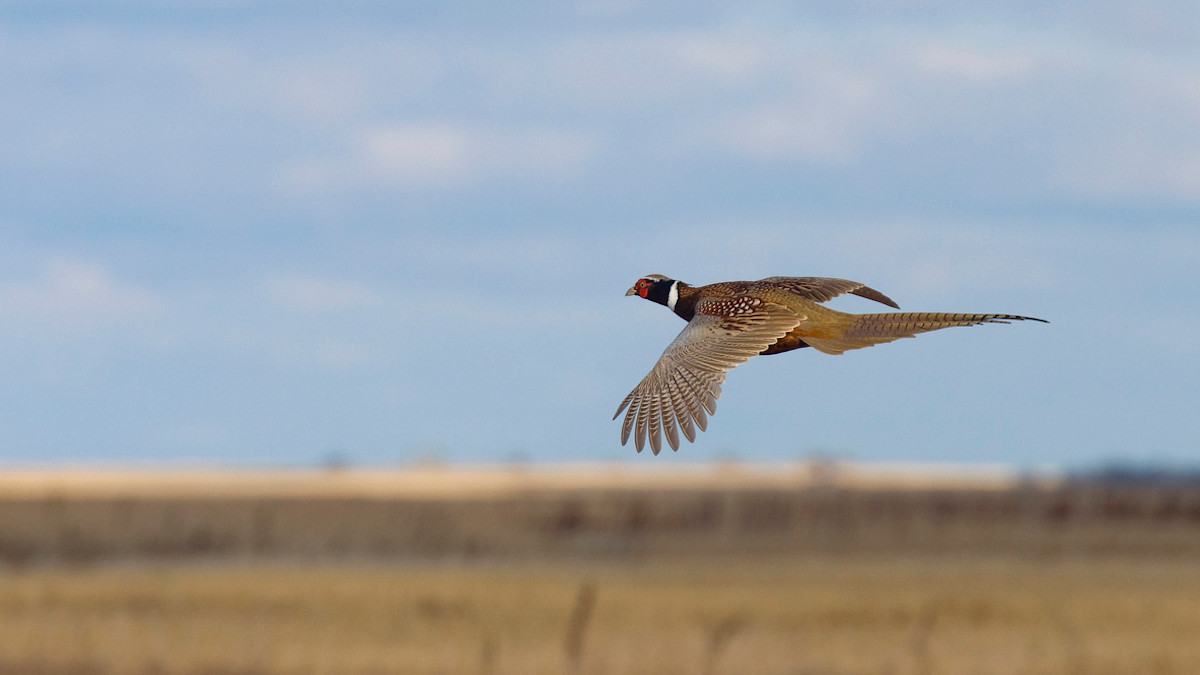
Every day, our fellow meateaters send us more than 100 emails regarding hunting, fishing, cooking, conservation, and more. So, we decided to publish a series dedicated to our favorite FAQs. Ask MeatEater is powered by onX, creators of the best digital mapping tool for hunters and anglers.
A lot of folks think of upland bird hunting as a relatively casual affair. But successful bird hunters know that’s not really true: there’s often a lot of scouting involved in bringing home a limit of birds. Luckily, it doesn’t all have to be bootwork. Similar to scouting elk and deer, e-scouting is a powerful tool in upland pursuits.
Why E-Scout? Starting with a solid game plan will result in a more productive hunt. Everyone likes to walk confidently into a new area and shoot a pile of birds, but it requires thoughtful planning.
Taking the time to thoroughly e-scout an area will save miles on your truck and will also save your four-legged companion miles on the sage flats. If you have a new pup, this means more and better opportunities at live birds instead of burning out while trying to locate that first covey. This kind of efficient, in-field learning is not only fun but crucial for your dog’s development.
Access and State Sponsored Programs It should go without saying that knowing your access points is important. In the West, there’s a lot of land that, although public, is made inaccessible due to the surrounding private land.
Many states have programs that allow access to private lands for the purpose of hunting. For example, Montana provides Block Management Areas (BMA) and South Dakota has Conservation Reserve Enhancement Programs (CREP). Both are great programs that offer enhanced hunting opportunities.
Access to the land made available by these programs often requires you to call ahead or to check in at a sign-in box. These sign-in boxes are often marked and viewable even while looking online. BMA sign-in boxes will appear as a yellow triangle on onX digital maps.
Food, Water, and Cover Food, water, and cover are the requirements I need to find in a spot before I’m willing to go give it a look in person. There are few ways to identify these elements on digital maps.
When it comes to food, I primarily look for signs of pivot irrigation and crop rows. Not only do these features mean there is guaranteed food in the area, they’re also really easy to see on a digital map-look for the big green circles. While there are other food sources available to upland birds—grouse love to eat snowberries, for example—you can't see those on a digital map. I’m more likely to find those spots while elk hunting.
Water often gets overlooked when people think of hunting upland birds. This is one of the most important aspects of a good upland spot, but not for the reason you might think. My reason is simple: while birds can get the water they need from dew, your dog can’t. Look for ponds, lush green low spots, irrigation ditches and creeks, and make sure you keep your dog hydrated. Pheasants are almost always close to water sources, and many other upland species gravitate toward it as well.
Cover is the last component of the ideal bird spot and it’s a must. Everything is trying to eat game birds, and besides flight, thick cover is their only means of avoiding predators. Ideally, I want to see thick cover close to food, like tall sagebrush, windrows, and any other brushy spots adjacent to open fields where they can eat.
Cross Reference E-scouting offers far more than just an aerial view. Take advantage of the many layers onX has to offer. For instance, the software offers a crop layer that can tell you exactly what’s been planted. This kind of information is invaluable when scouting upland birds. The topographic view may make it easier to see springs and ponds, or at least depressions that might collect water.
You can also cross-reference what you see on your onX with programs like Google Earth to see what kinds of cover and crops are present in different seasons. Comparing across media will give you even more insight into the potential of a new area.
E-scouting often gets pushed to the wayside when people are thinking of going on an upland hunt. Sure, you may not have to e-scout as intensely as with whitetail, but a solid game plan going in can be the difference between getting skunked and a limit of birds on the tailgate.





